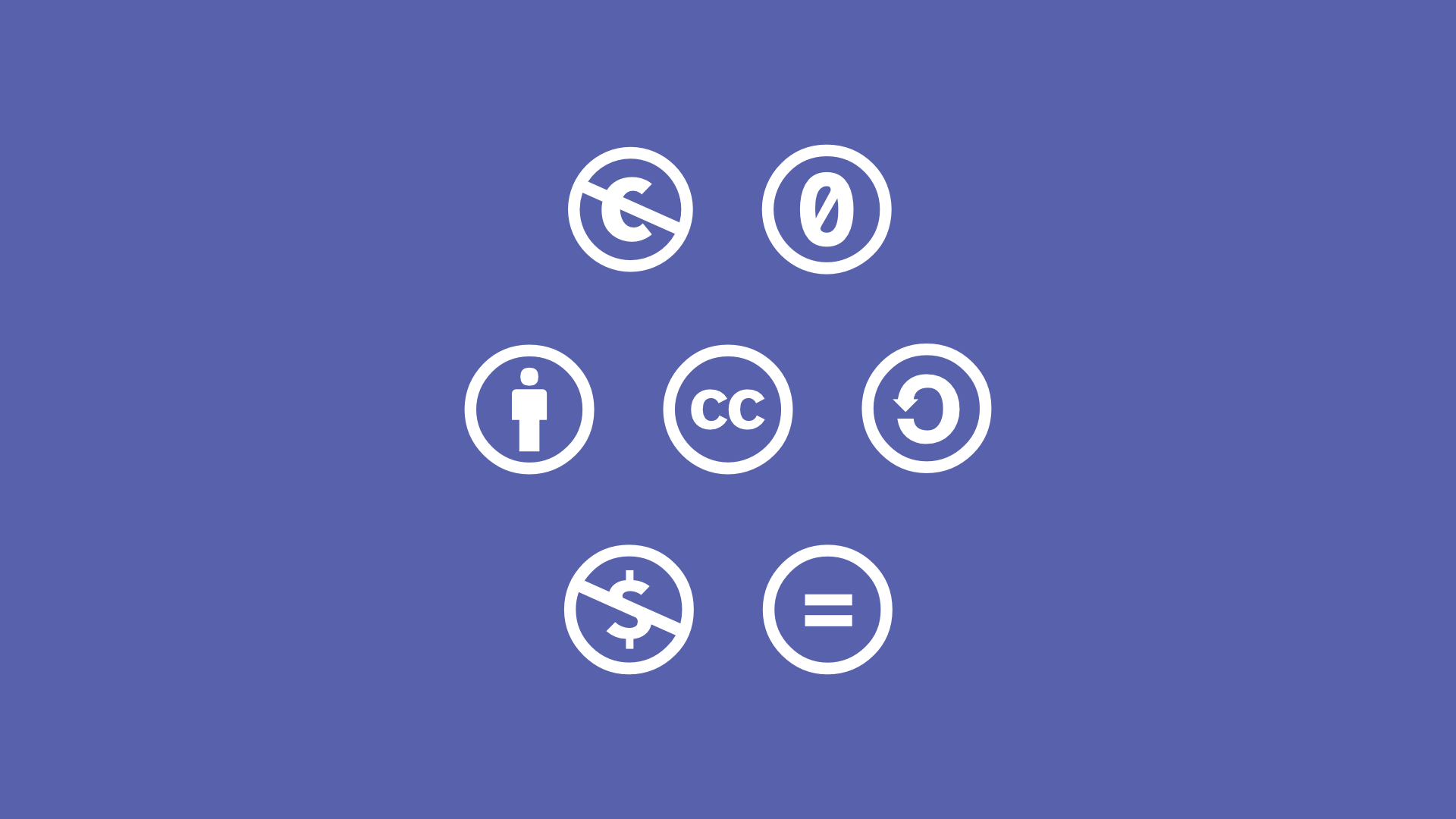

In Chris’s words, using fonts for icons is a good idea, I’m telling you. Unlike with SVG, cross-browser support is easy to achieve.You can apply CSS3 effects via text-shadow and background-clip:text that respect the shape of the glyph.For icons that should appear adjacent to text, alignment and wrapping are non-issues (because they are text).As Chris points out, they are shapes that have transparent “knockouts” which work in browsers as early as IE6 (unlike alpha PNGs).Many icons are grouped into one file, necessitating just one http request.For example, color: orange for an RSS icon Recoloring the icon is as trivial as recoloring text.They are easily resized without degradation (because they are essentially vectors).Drawing on the two posts and others, I’ve compiled this comprehensive list of features: Chris Coyier obviously had a similar idea, introducing the idea to a ( much, much) larger audience weeks later. I wrote about some of these advantages on my tiny blog back in early September. However, it is one that is gaining considerable traction due to the many inherent advantages over the image (or background-image) method. Sheets of icon images are circulated throughout the web design community like contraband, each set promising to make your design shinier, more enticing and more clickable than the last.Ĭompared with images, the idea of using embedded fonts for icons is a relatively new idea. Icons have long been considered a good way to enhance UI designs because they provide a visual shorthand that assists the comprehension of an otherwise purely textual message. Establishment and, therefore, familiarity as a recognizable symbol within the sign system.A strong resemblance to a real thing, for example a print icon that resembles an actual printer.In China, the color red can signify good fortune whereas, in many Western countries, it is used to denote danger.īy now, I hope we have established that successful web icons should meet one or both of the following two criteria: One should be wary that what these things say has a strong cultural dimension. Although semiology, like linguistics, does cover language, there are many more things on a website that “say” something without words, such as colors, typefaces and the shapes that we call icons. Whenever you consider a part of your design work from the perspective of what it signifies - what it is saying to your audience or what concepts it is recalling for them - you are considering your design as a semiotician. Semiology, in the broadest sense, is the study of sign systems, how we contribute to their formation and maintenance, and the impact they have on our understanding of the world within and without us. In order to do this, we must consider the icon’s role as part of semiology. Ultimately, you should go away with a process for making design elements that extends far beyond the manufacture of simple icons.īefore we continue, something should be said about what exactly we are trying to achieve by using icons in our designs in the first place, and what makes one icon more successful than the next. How about that? You will not need to rely on any of the esoteric knowledge required to make successful alphanumeric typefaces just an eye for designing things that may appear very, very small.
#Webfont symbols how to
For more information visit this page.In this article, I’m going to examine the science behind making successful UI icons before teaching you how to make your own embeddable icon font.įrom designing the individual icons to converting them for embedding, and even licensing them for distribution, we shall be using only free software and online services. This typeface is also available within Office applications. Products that supply this font Product name
#Webfont symbols license


Data © The Monotype Corporation All Rights Reserved Use for setting mathematical and scientific work and as a compliment to the symbols found in standard fonts. The Symbol font contains Times New Roman Greek capitals and lowercase, figures and basic punctuation together with a collection of mathematical signs and general purpose Pi characters.


 0 kommentar(er)
0 kommentar(er)
